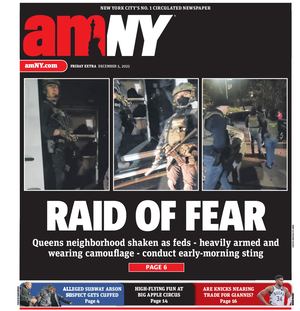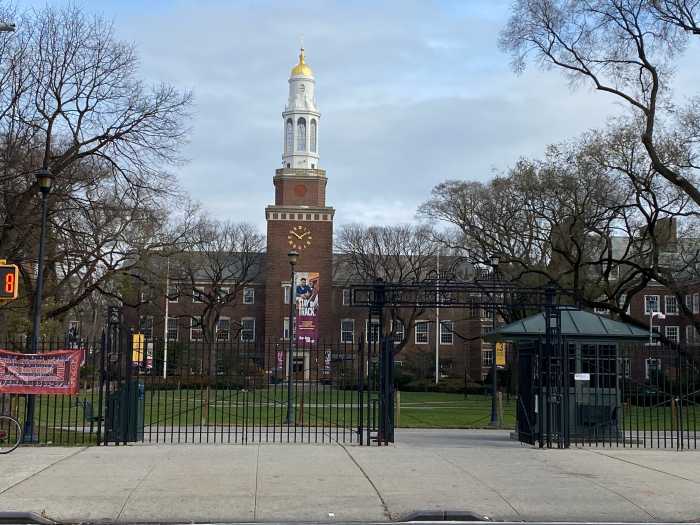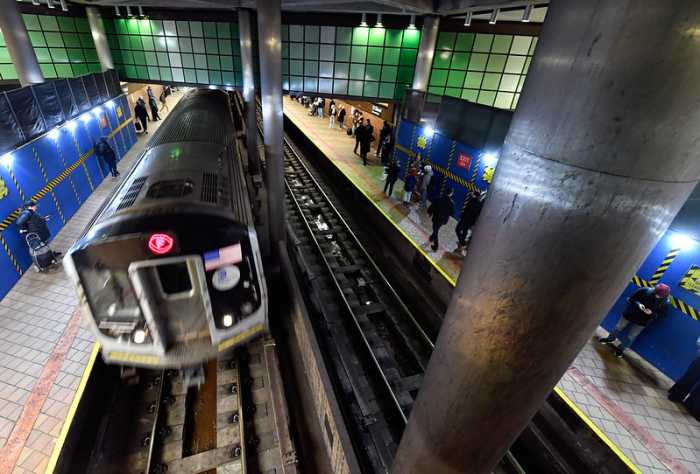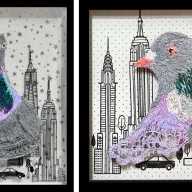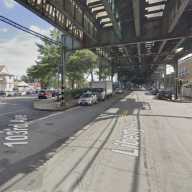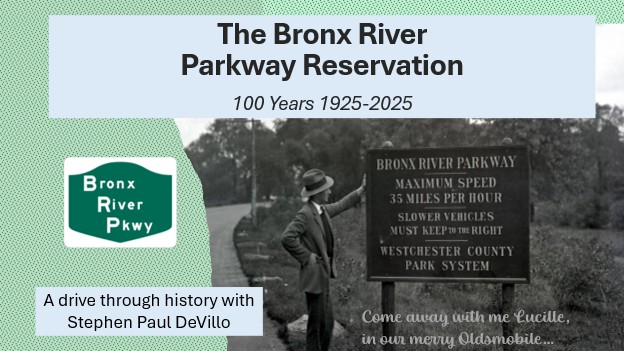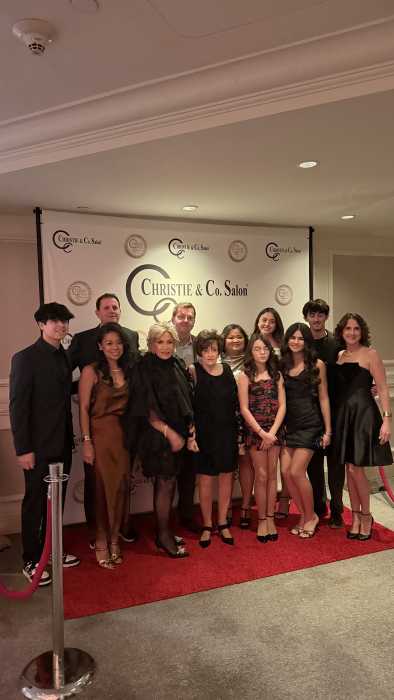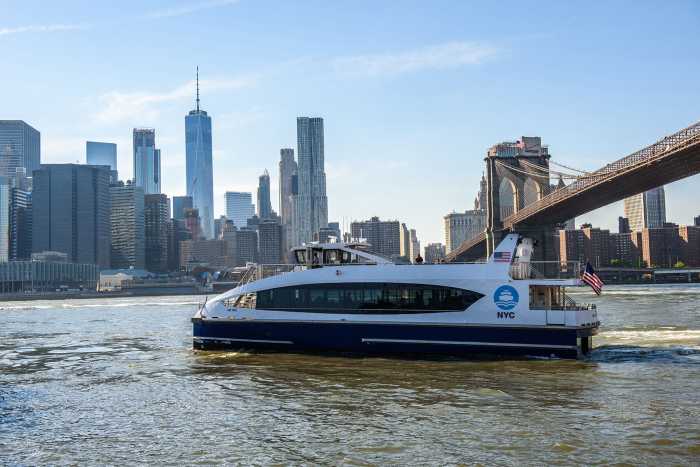The number of trips made by the city’s iconic yellow cabs has been on a slide in recent years, new data reveals.
The average number of taxi trips a day fell 15.5% between April 2012 and April 2015, the most recent month available — dropping by about 80,000 daily rides.
Those rides went from 515,910 to 435,459 trips, according to the Taxi and Limousine Commission.
They also plunged 10.6% just between April 2014 and 2015.
Sarah Kaufman, of the NYU Rudin Center for Transportation, said companies like Uber and Lyft may be factors in the drop in yellow cab rides.
“It definitely could be Uber and Lyft, and all the for-hire vehicles stepping up their game,” Kaufman said.
Other more traditional car services like Carmel and Dial 7 have also created smartphone apps.
She also said that people might be choosing the subway more to avoid traffic jams.
“There’s been an increase in congestion,” she said. “That might take away from desirability to sit in a taxi.”
Average Manhattan traffic speeds slowed to a crawling 8.51 miles per hour in 2014, according to the DOT.
New data also shows that taxi rides fell 14.9% between Jan. 2012 and Jan. 2015 and almost 20% over the same period in February.
Between 2014 and 2015, those months dipped 7.5% and 4.7% respectively.
March taxi trips fell about 17% between 2012 and 2015. They also decreased 13.5% just between 2014 and 2015.
The new data comes as the city considers capping the number of Uber cars on city streets to fight congestion, as well as other black and livery cars.
About 25,000 black and livery cars have been added in New York City since 2011, when Uber became an option for passengers.
The company says it gives an average of 100,000 trips per day in the city.
The TLC said there are many factors that are part of the drop in yellow cab ridership.
“There’s no doubt that the yellow sector has lost some ridership over several years,” said Commissioner Meera Joshi. “We’ve seen record MTA ridership, the creation and growth in popularity of green cabs and app-based dispatch for-hire vehicle services, and the effect of a 17% fare increase. There is definitely a core hail-service ridership that will remain, and it will be interesting to see what direction ridership volumes take, as there is a clear opportunity for improvements in customer service to reverse the decline.”
The Metropolitan Taxicab Board of Trade, a trade association, was optimistic about yellow cabs’ future — but said illegal pickups by Uber drivers outside of the app were poaching their ridership.
“The fact is Uber drivers are largely unable to make ends meet by legal fares alone, so poaching fares through the illegal street hails have become part of their routine, to the detriment of those that follow the law,” said Michael Woloz, a spokesman for the trade group. “There is room in this city for all kinds of transportation, including Uber, but we can’t let a $40 billion global bully break the laws and disenfranchise hardworking yellow cabbies.”
The TLC has said it seized almost 500 Uber cars in the spring for illegal trips.
Uber declined to comment last night.
Yellow cabs may have also faced competition from green cabs, which serve the outer-boroughs and upper Manhattan.
In April this year, there were an average of almost 55,000 trips a day. They took in almost $831,093 from riders, including credit card tips and cash tip estimates.
Despite the drop in yellow cab rides over the past three years, the amount of money earned by drivers hasn’t been as impacted because of the 2012 fare hike.
In April 2015, cabbies made almost $7 million a day in fares and credit card tips — compared with $6.4 million in April 2012.
The figure does not include cash tip estimates.
But it’s a dip from April 2014, when hacks made $7.3 million in fares and credit card tips.
The TLC said the trip lengths of cabs have gone up, so there are fewer rides but they are longer and more profitable.
